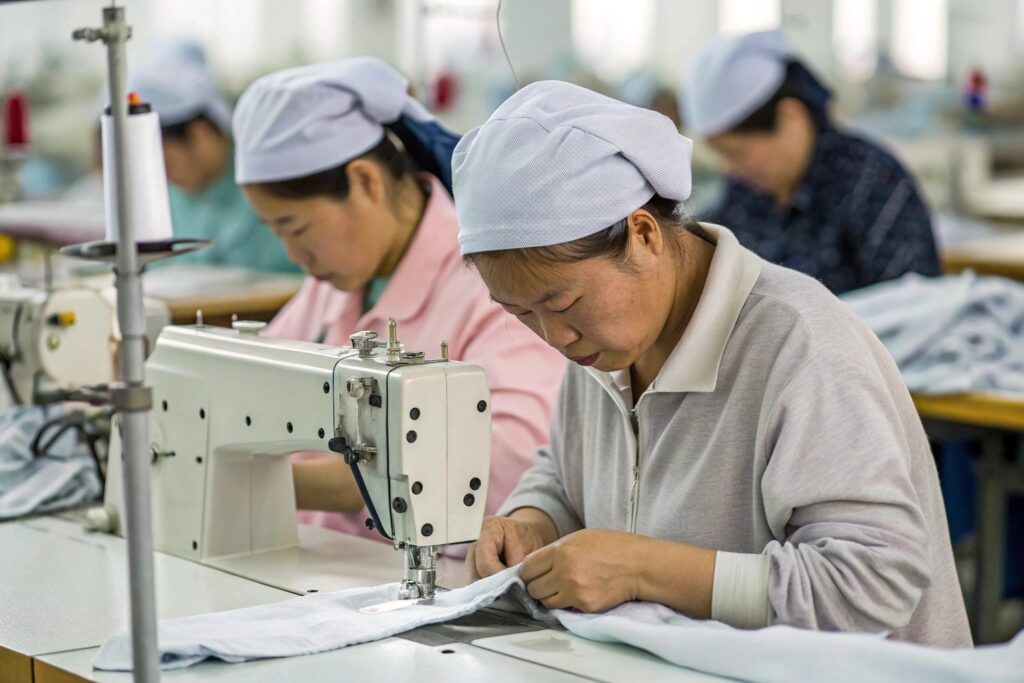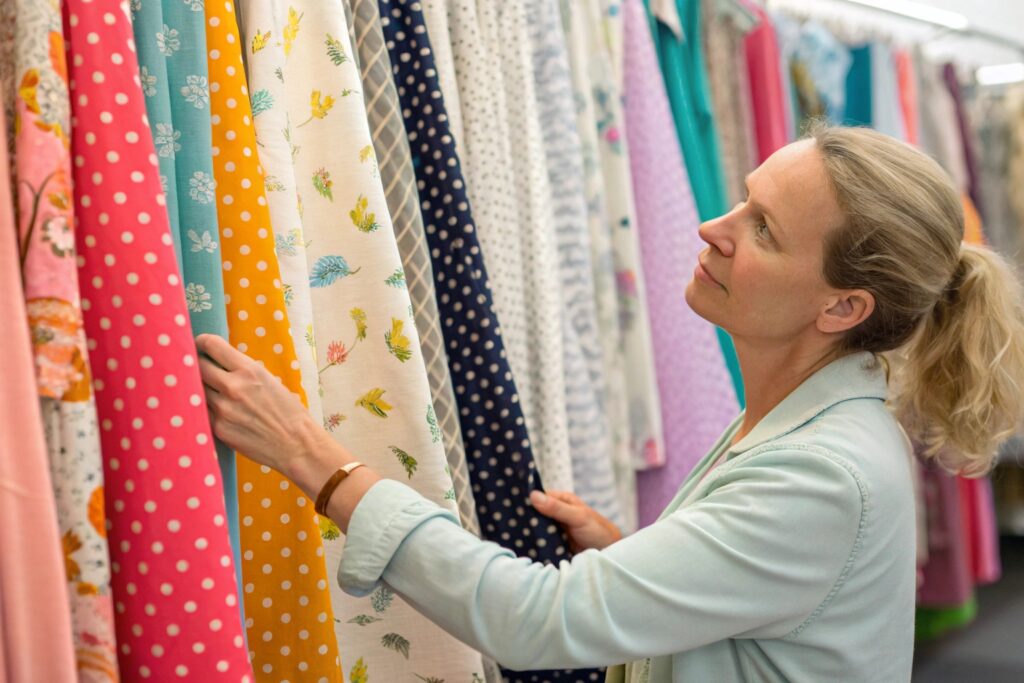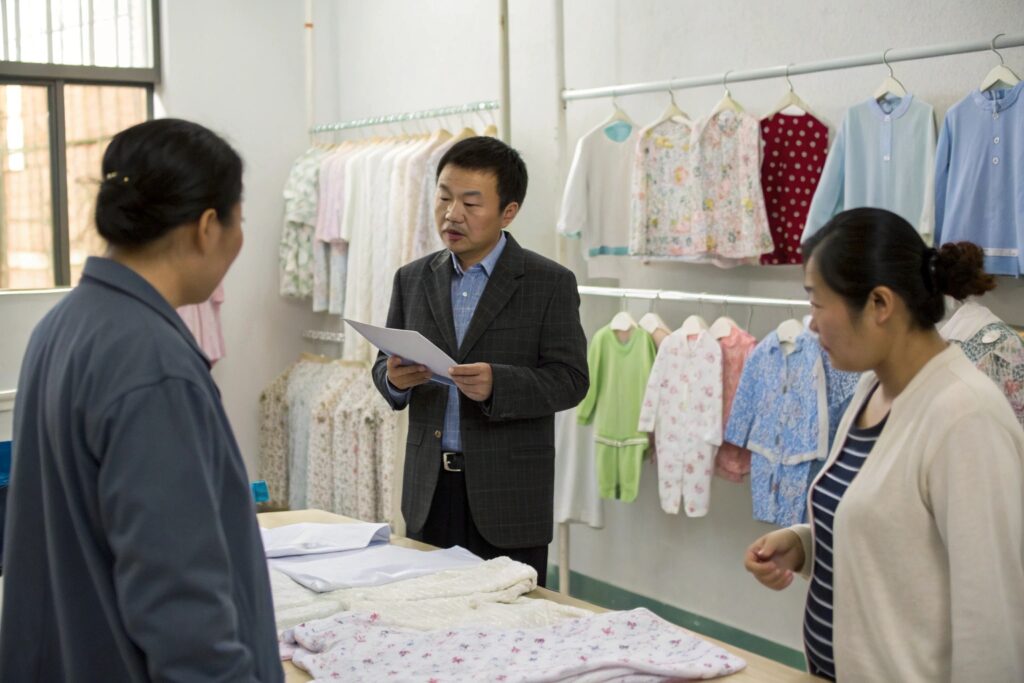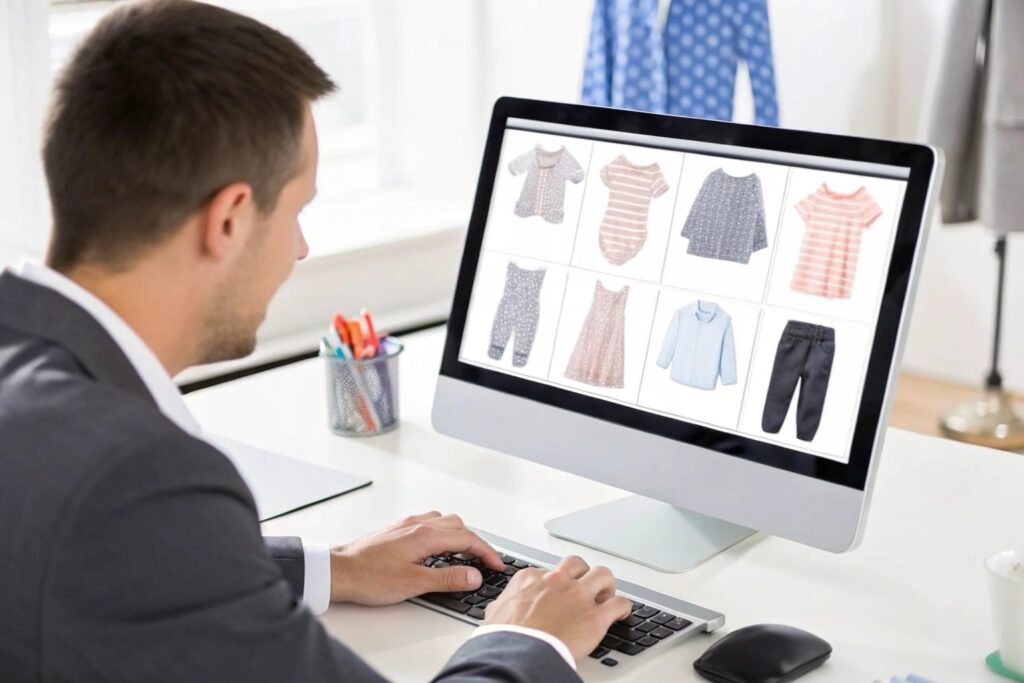Starting a kidswear manufacturing business sounds exciting—but also a little confusing. Where do you begin, and what do you actually need?
To start a kids’ clothing manufacturing business, you’ll need business licenses, proper equipment, reliable fabric suppliers, a production setup, and your first wholesale clients.
I’ve helped small factories grow into global suppliers. If you want to join this industry, let’s walk through the steps together—from setup to sales.
What Licenses and Equipment You Need to Start?
Before you start sewing baby rompers or kids’ T-shirts, you need the legal and physical tools to run a business.
You’ll need a business license, textile compliance documents, and sewing equipment like industrial machines, cutting tables, steamers, and quality check tools.

What legal licenses are required to run a kidswear manufacturing unit?
The exact licenses depend on your country, but here’s what most businesses need:
| License/Document | Purpose |
|---|---|
| Business Registration | Legally operate as a company or sole proprietor |
| Tax ID / VAT Registration | Handle payments and invoices legally |
| Factory Operation License | Manufacture goods in an industrial area |
| Labor Safety & Fire Compliance | Required for staff and machinery use |
| Export License (if shipping abroad) | Sell to global buyers |
If you’re based in the U.S., check with your state business bureau and IRS.gov. In countries like India or China, local garment associations or commerce bureaus can assist.
Even as a small workshop, you must start right. Failing to register early could block your access to wholesalers or large clients who want paperwork.
What basic equipment do you need to manufacture kids’ clothing?
Start small, but plan for growth. Here’s what I recommend:
| Equipment Type | Example |
|---|---|
| Sewing Machines | Lockstitch, Overlock, Coverstitch |
| Cutting Tools | Cutting table, electric cutter |
| Ironing Station | Industrial steam iron, pressing table |
| Trimming Equipment | Button holer, snap fixer, elastic cutter |
| Quality Check Tools | Measuring tape, inspection lights |
| Packing Tools | Tagging gun, polybags, barcode printer |
For babywear, precision matters. Your machines should support soft seams and delicate fabrics. One new client once bought low-end machines and couldn’t sew ribbed cotton properly. We helped him upgrade, and his defect rate dropped 60%.
How to Find Suppliers for Fabrics and Trims?
You can’t manufacture kidswear without raw materials—fabric, buttons, elastics, zippers. But how do you find reliable sources?
Start with local fabric markets, textile mills, or online B2B platforms to find suppliers for organic cotton, knitwear, trims, labels, and packaging.

What fabric types are best for kidswear and how do you find them?
Here are top fabrics used in children’s clothes:
| Fabric Type | Ideal For | Why It’s Popular |
|---|---|---|
| Organic Cotton | Onesies, tops, leggings | Soft, breathable, eco-safe |
| Bamboo Rayon | Sleepwear, bodysuits | Cool, silky, hypoallergenic |
| Interlock Knit | T-shirts, rompers | Stretchy and durable |
| Muslin | Swaddles, dresses | Airy and textured |
| Fleece | Hoodies, winter rompers | Warm and soft |
Where to source:
- Local wholesale markets (great for small batches)
- Fabric mills (for consistent supply and custom colors)
- Alibaba, Fibre2Fashion, Global Sources (bulk buying online)
Always request swatches and confirm:
- GSM (fabric weight)
- Dyeing method (reactive dyes are safer for babywear)
- Stretch recovery (especially for knits)
How do you ensure your trim and label suppliers meet safety standards?
For kidswear, every small part must be baby-safe. Here’s a checklist:
- No sharp metal edges on buttons or zippers
- Nickel-free snaps with smooth surfaces
- Non-toxic inks for printed labels
- OEKO-TEX® or similar certifications for fabric and trims
When we supply babywear, we verify that all trims meet EN71 or CPSIA standards. That’s a must for clients selling in Europe or the U.S.
Steps to Set Up a Kidswear Production Unit?
You’ve got your license and materials—now you need a space to produce. This step is all about layout, workflow, and staff.
Set up a production unit with separate areas for cutting, sewing, quality control, and packing. Hire a skilled team and create a clear workflow from order to delivery.

What’s the ideal layout for a small kidswear production unit?
Whether it’s a garage, rented floor, or factory shell, organize your unit like this:
- Fabric Storage Area – Store rolls safely with ventilation
- Cutting Table Zone – Lay fabric flat, mark patterns
- Sewing Line – 3–10 machines depending on output
- Finishing Area – Ironing, label stitching, snap fixing
- Quality Check Table – Inspect seams, measurements, and finishing
- Packing Corner – Tagging, bagging, boxing
We helped a startup in Vietnam set up their unit using second-hand cutting tables and a simple shelf system. They started with just 3 machines and now supply to two major brands in Singapore.
How do you build a production workflow that avoids delay?
The workflow matters as much as machines. Follow this model:
| Stage | Task |
|---|---|
| Pre-production | Receive order specs, prep fabric |
| Cutting | Follow pattern markers, label pieces |
| Sewing | Assign garments to operators or teams |
| Finishing | Press, add trims, attach labels |
| QC | Measure, check seams, verify counts |
| Packing | Polybag, insert tags, box with barcode |
Use a simple Excel sheet or software like Trello or Notion to track orders. As you grow, tools like Zoho Inventory or ERP systems help manage more volume.
Tips for Finding Your First Wholesale Clients?
No clients, no business. After setup, your next mission is to find buyers—retailers, babywear brands, or international wholesalers.
You can find wholesale clients through online platforms, trade shows, direct outreach on social media, or by creating a simple website to showcase your work.

Where should new manufacturers look for their first wholesale buyers?
Here’s where your first clients may come from:
| Source Type | How It Helps |
|---|---|
| B2B Platforms | Connect with babywear brands (e.g., Alibaba, Faire) |
| Exhibitions | Local or global trade fairs |
| Google & SEO | Organic leads via blog or site |
| Instagram & TikTok | Reach brands via DMs or reels |
| DM buyers and sourcing agents | |
| Agents | Work with a freelance buyer’s agent |
We once got a client from a single blog post we wrote about “organic babywear in bulk.” Their U.S. brand emailed us the next week.
Even with no showroom, one factory used an Instagram page to post behind-the-scenes content. A European brand followed them and placed an order after two weeks of chatting.
How should you present your factory or samples to earn trust?
Here’s what makes buyers feel confident:
- A simple PowerPoint with your machines, staff, and capacity
- Clear photos of samples, trims, and packaging
- Video walkthrough of your workspace (even on your phone)
- A PDF catalog showing your styles with price range
- Willingness to offer custom samples for their design
One of our early clients made his first sales using just a 4-page PDF and a well-shot sample. You don’t need to be perfect—you just need to be responsive and clear.
Conclusion
Starting a kidswear manufacturing business takes planning—but it’s very doable. With the right licenses, setup, fabrics, and outreach, you can go from small workshop to trusted supplier in months.










